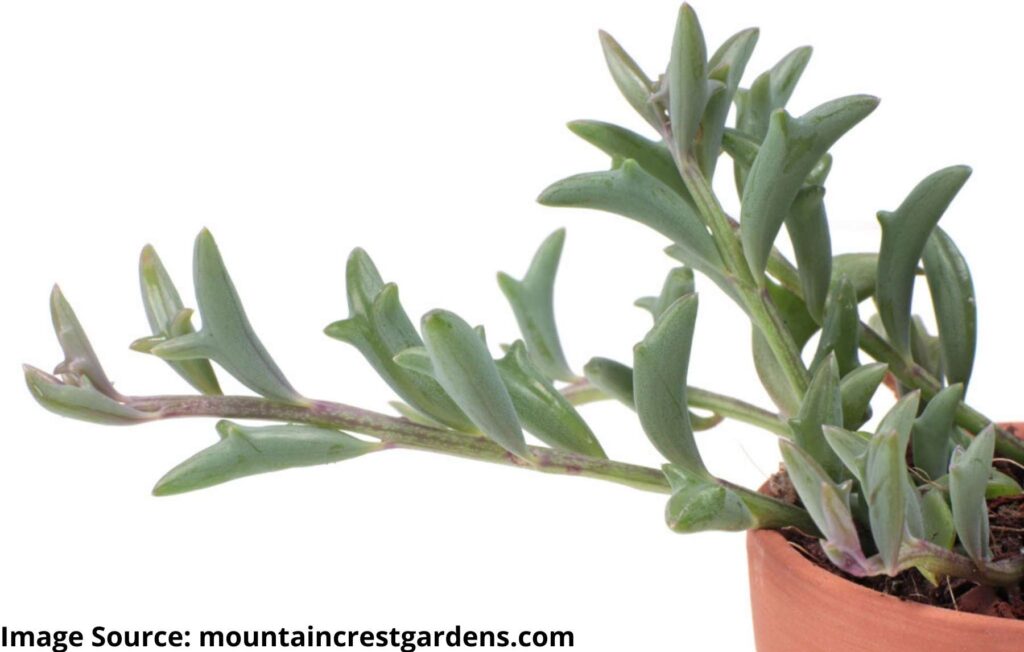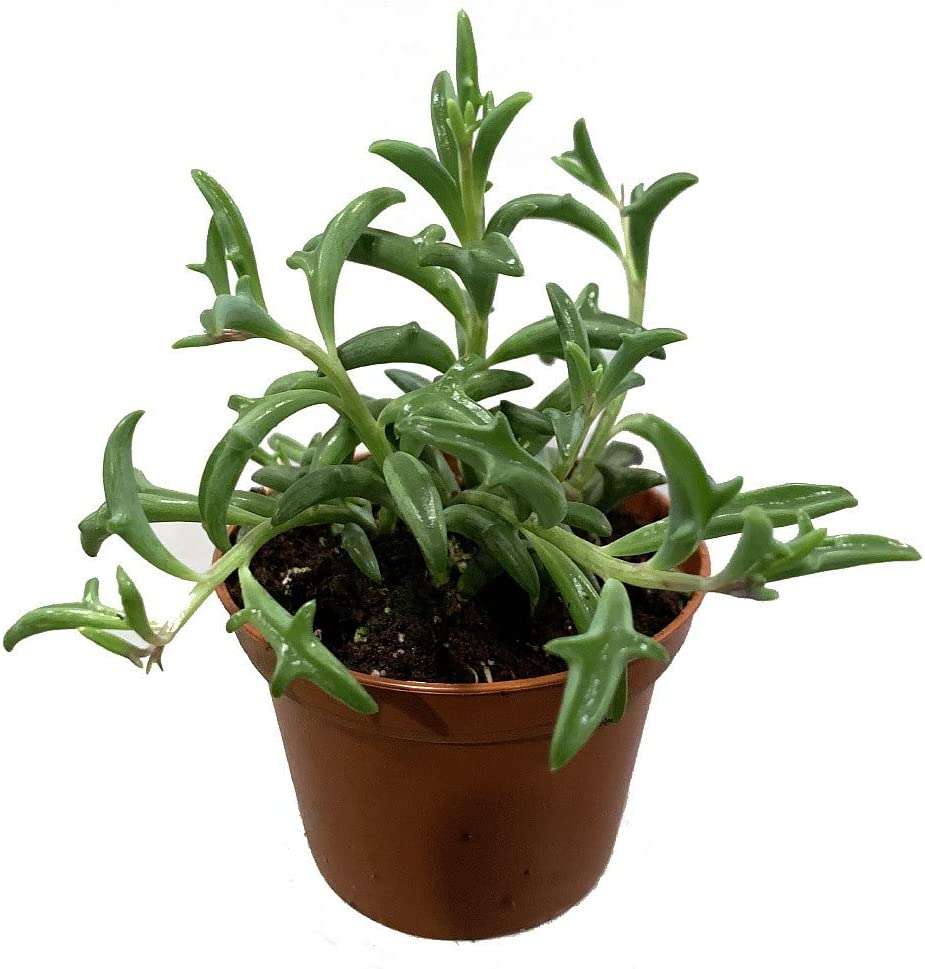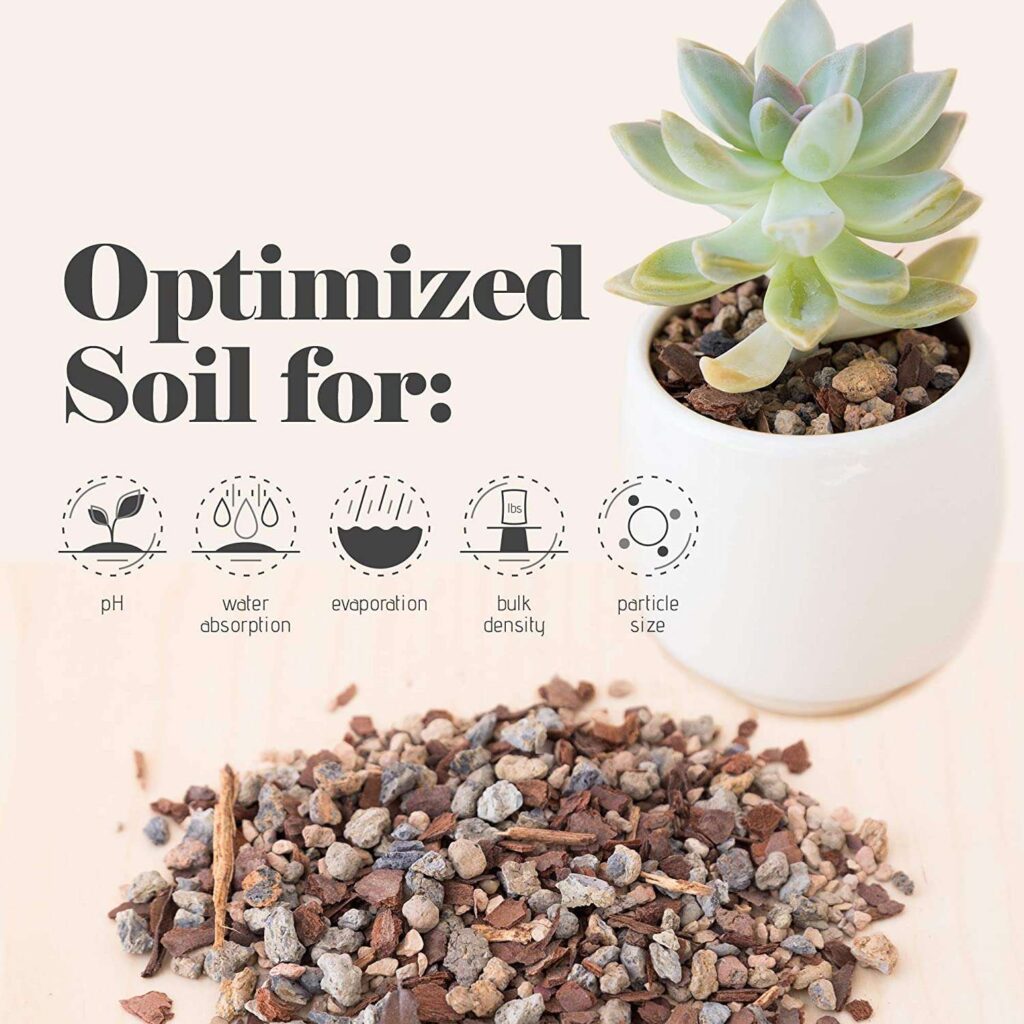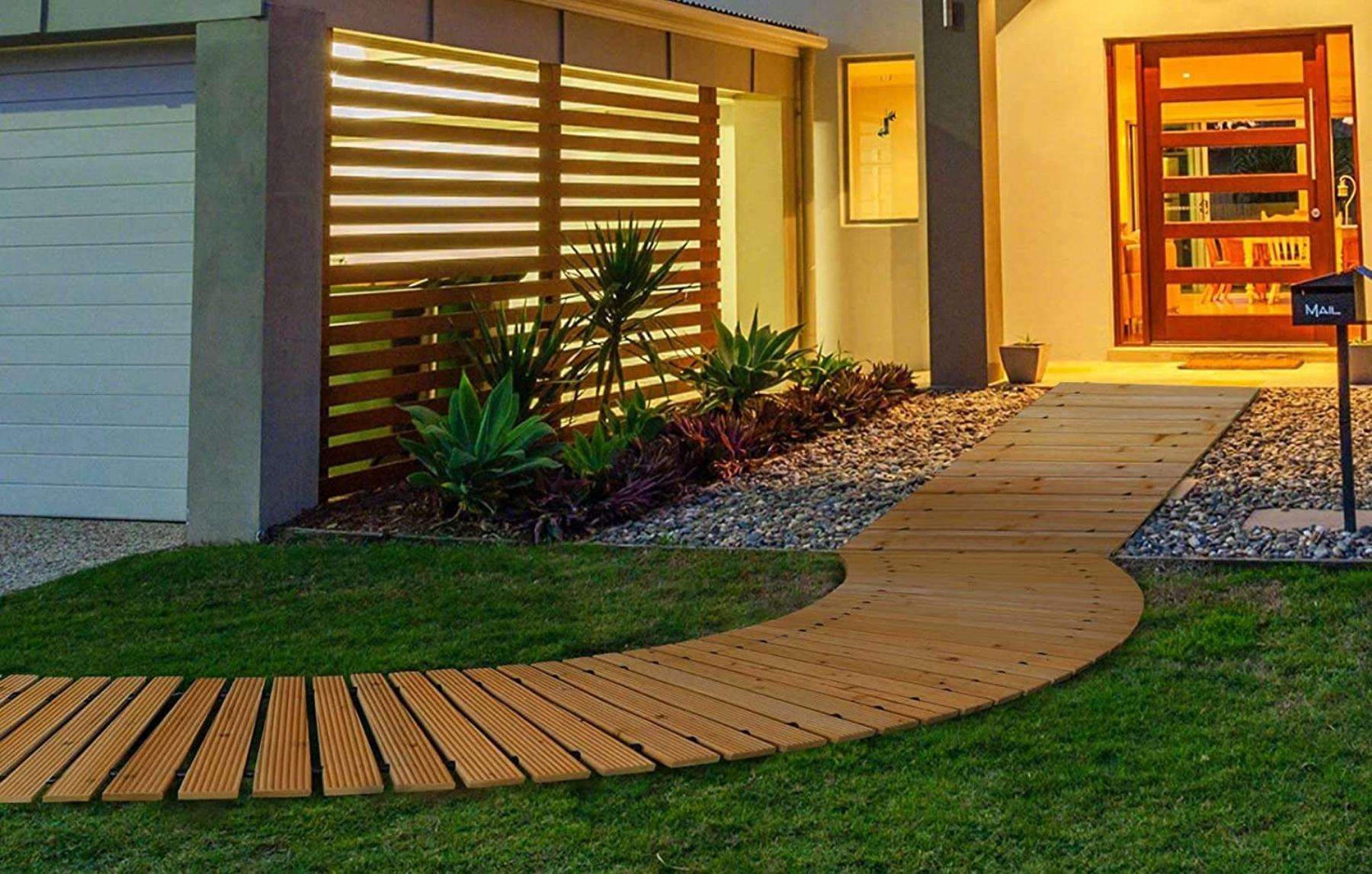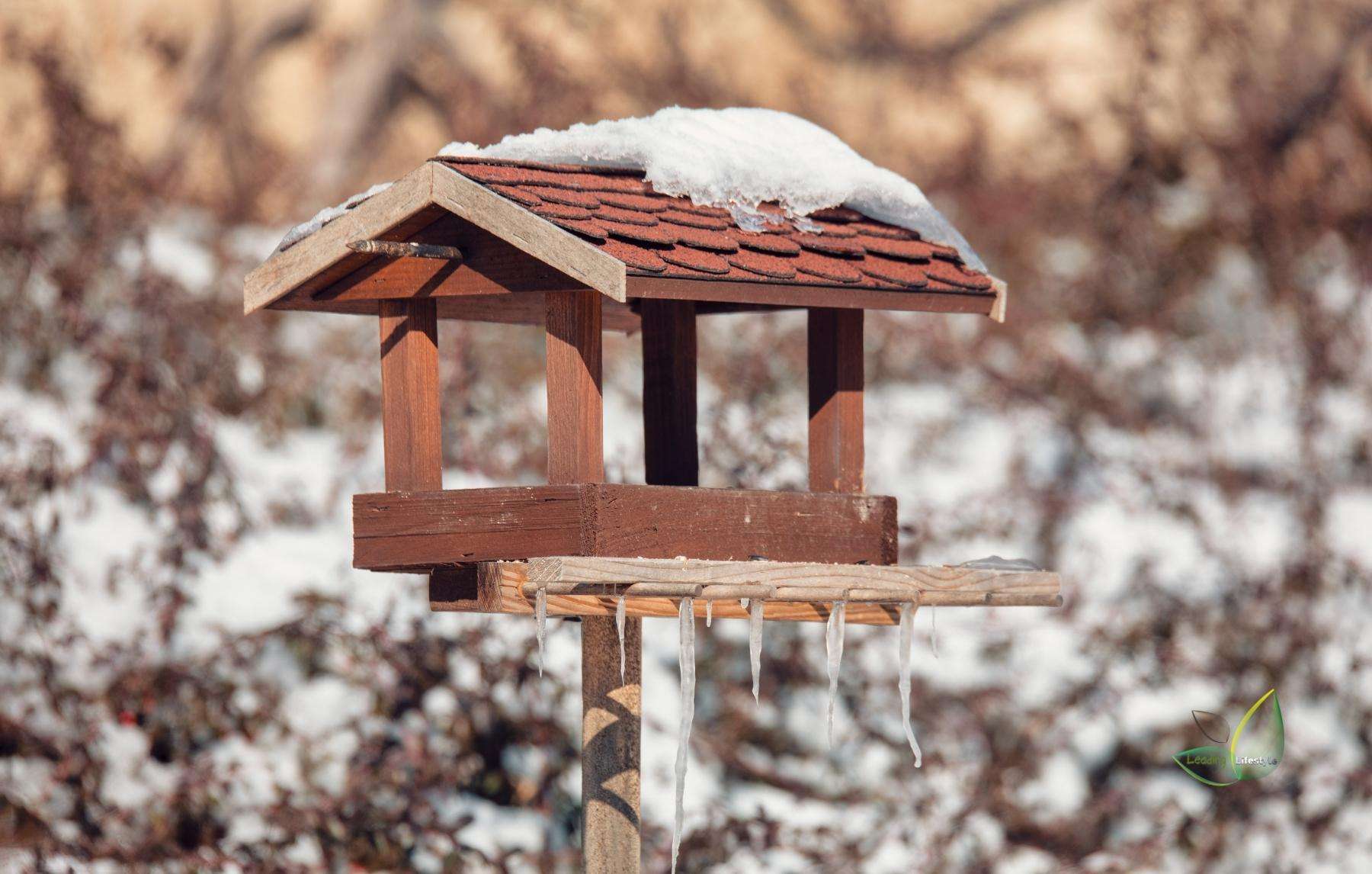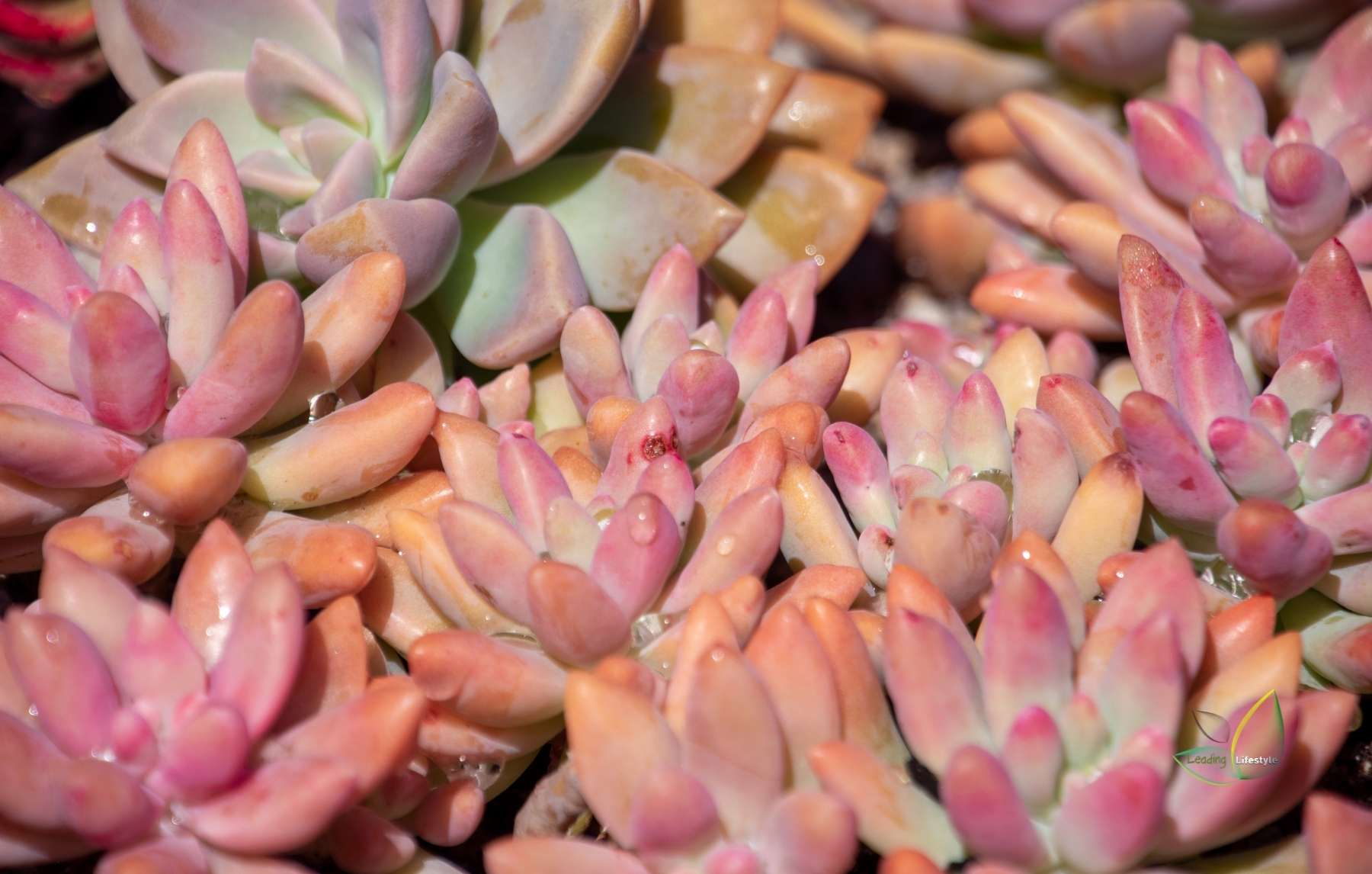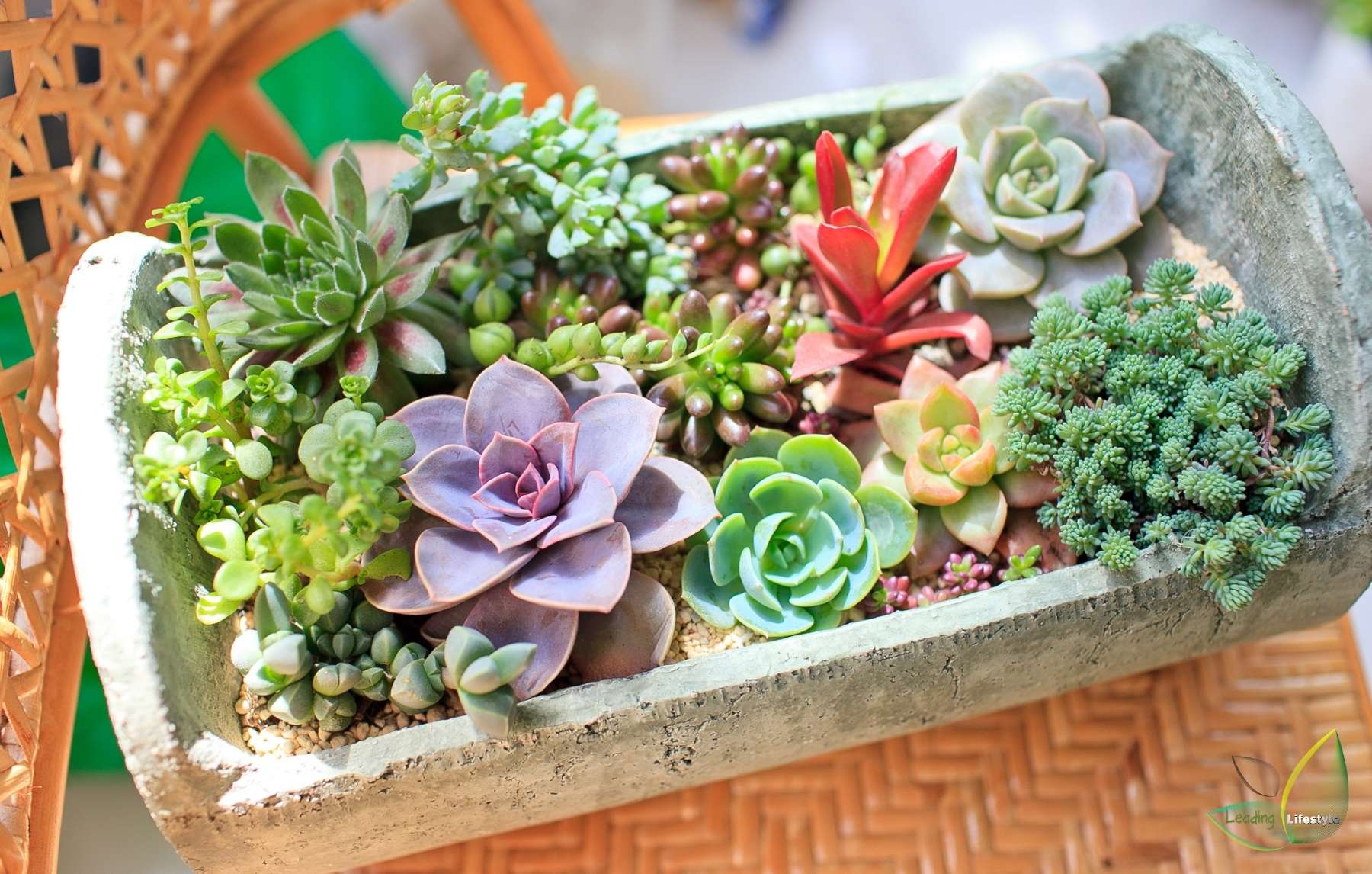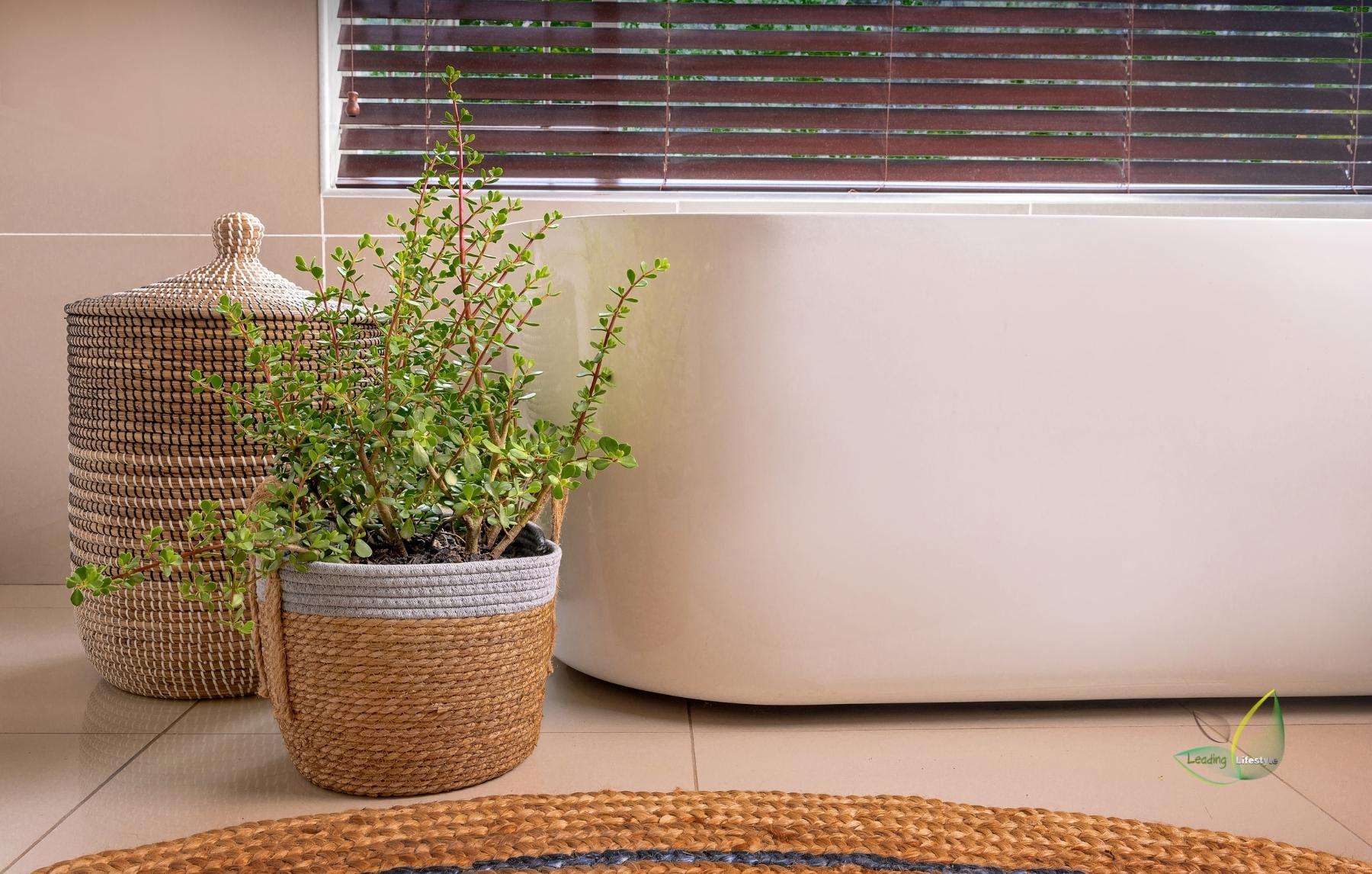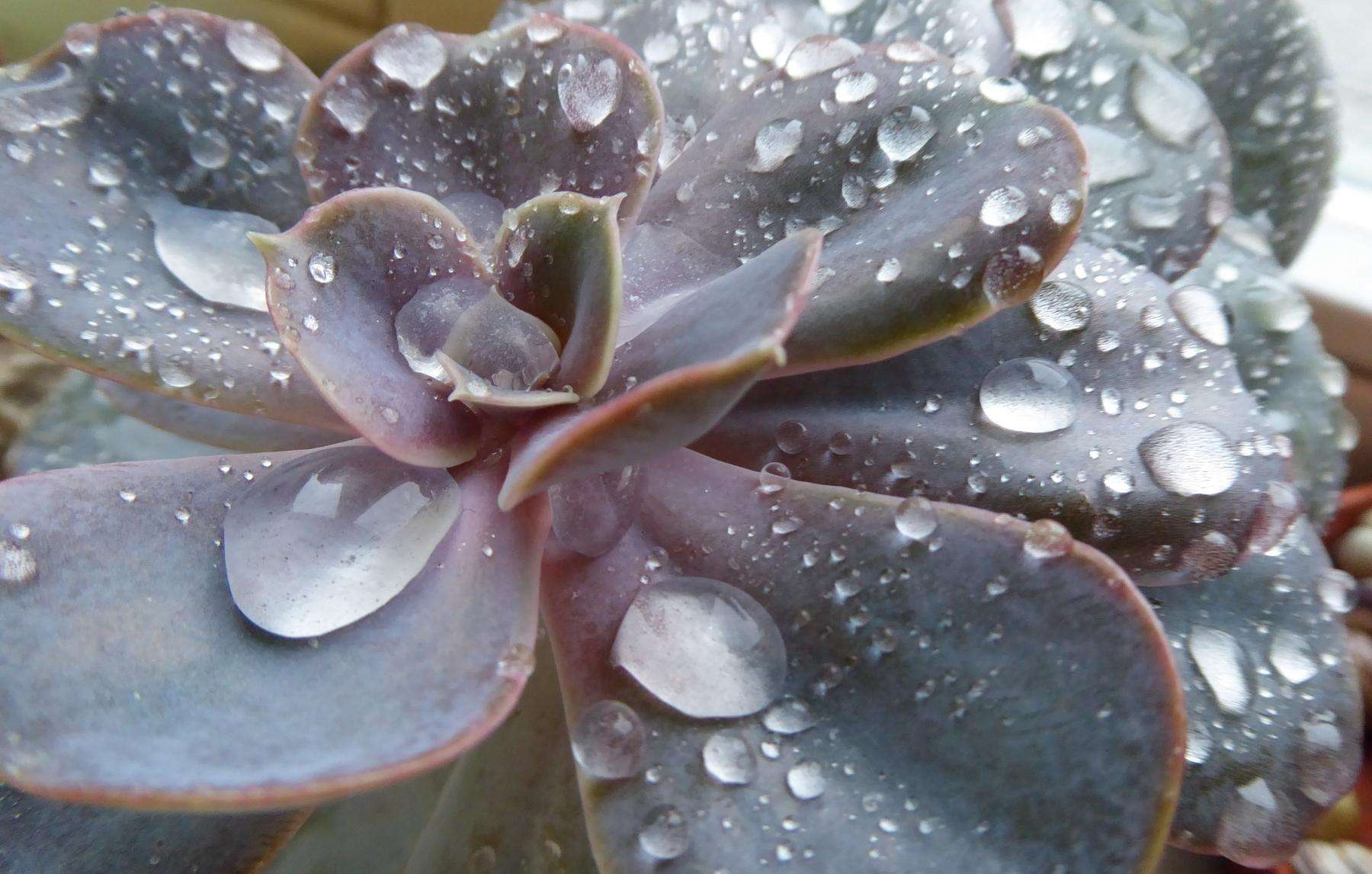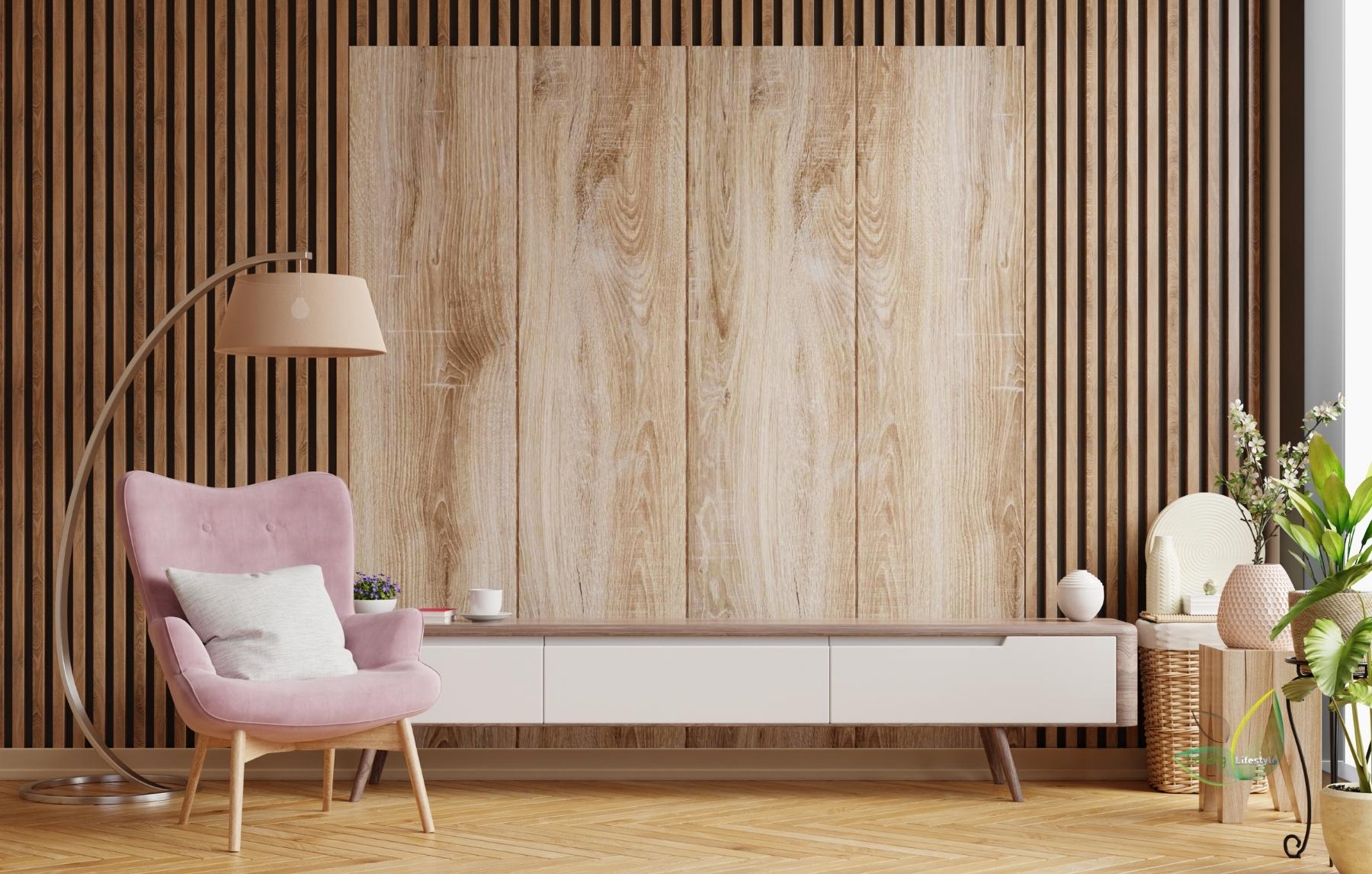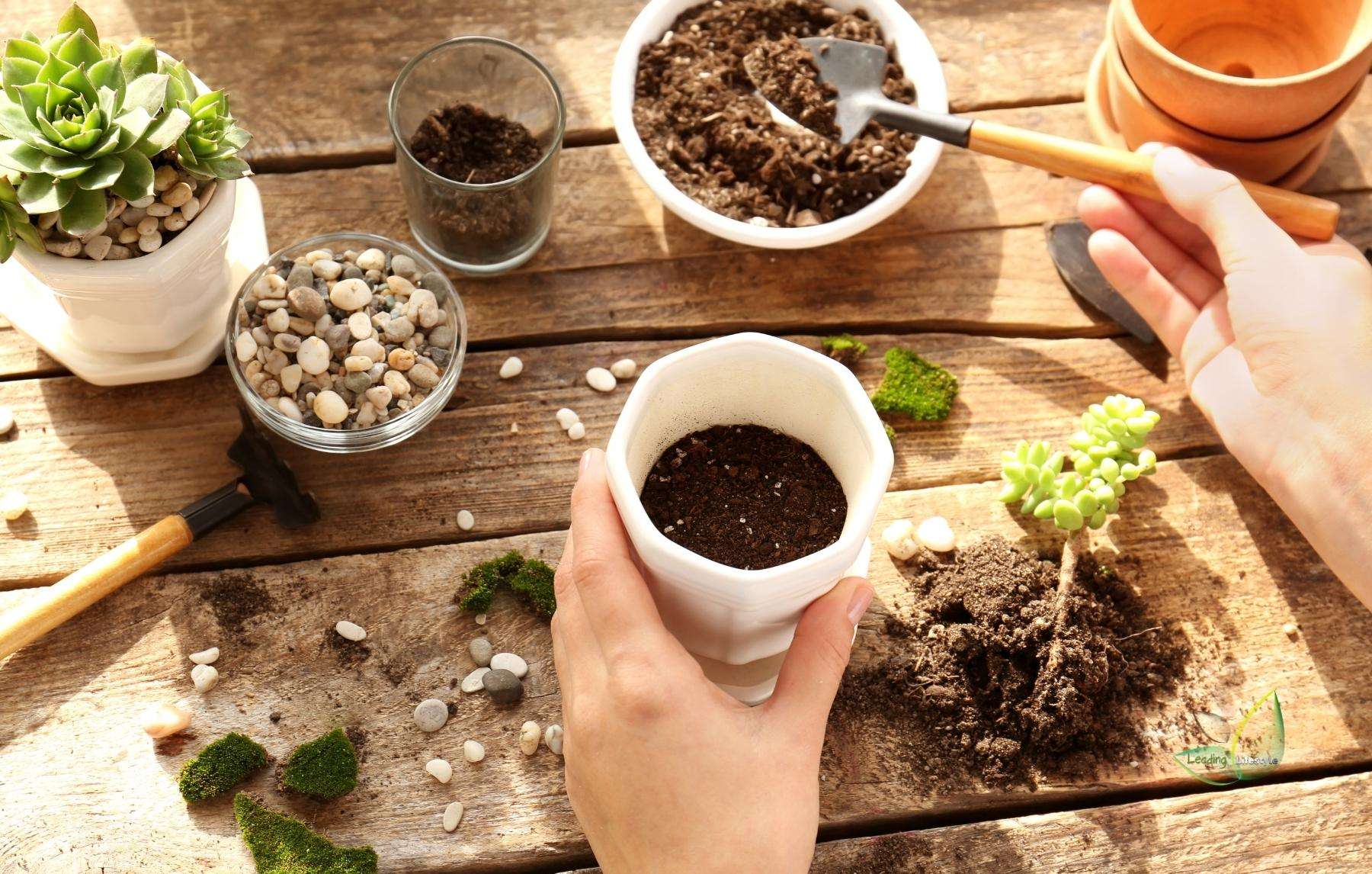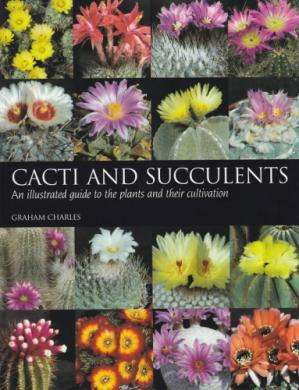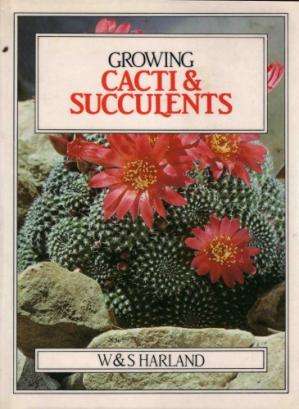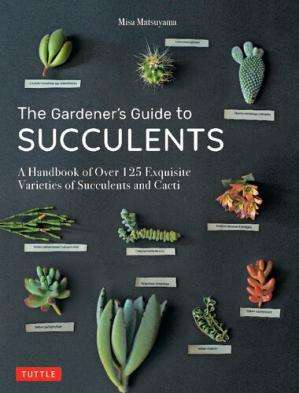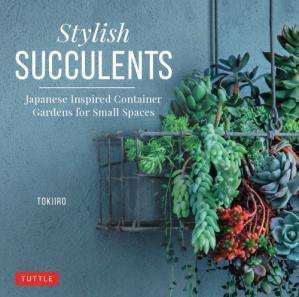Growing dolphin succulent as houseplants adds oceanic ambiance while also being easy to care for and having unique leaf forms.
One of the most appealing aspects of succulents is their wide range of shape, texture, and color. Now and then, the succulent community online discovers a new rare succulent species that piques the interest of succulent enthusiasts and hobbyists.
Some of these are truly out of the ordinary. Like the bunny succulent, also known as Monilaria Moniliformis, which captured our hearts a few years ago. It was popular because its leaves that stemmed from the base resembled a bunny with long ears when it sprouted.
Another plant that looks like an animal is the octopus agave, which has long leaves that twist around like octopus tentacles. Now, succulent fans can rejoice! The dolphin succulent is a new plant in town
What are Dolphin Succulents
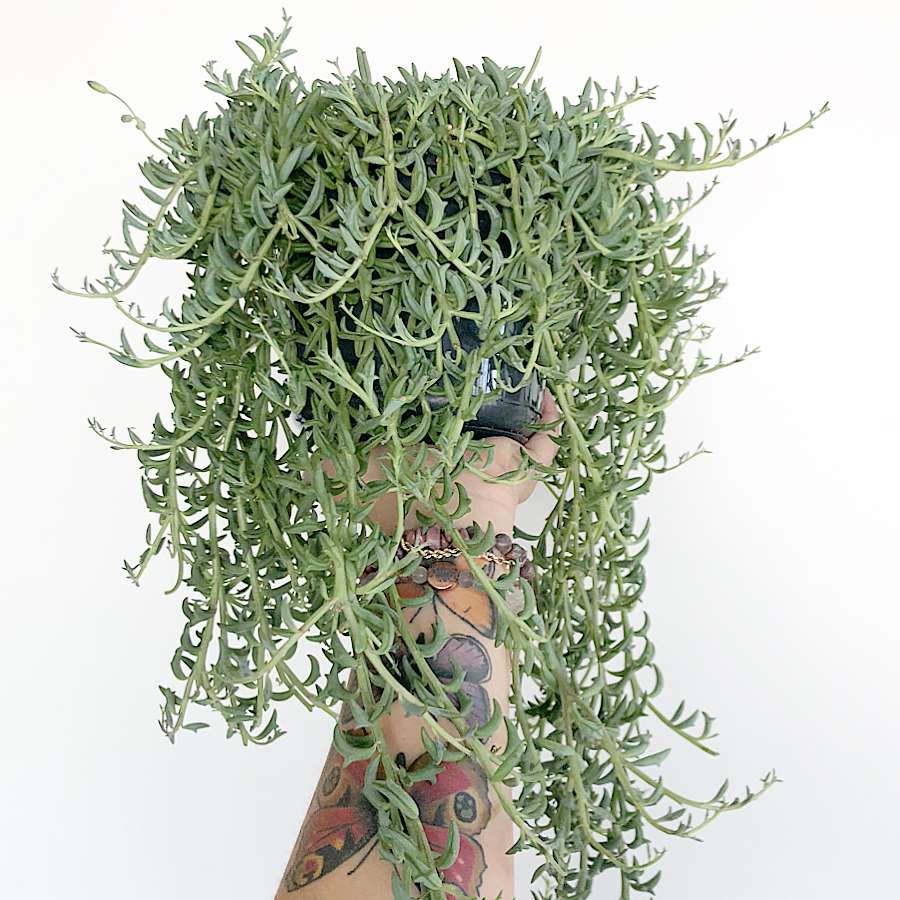
This plant, also known as flying dolphins, the dolphin necklace, or Senecio Peregrinus, has become an instant hit in the succulent community, especially in Japan, and it’s easy to see why.
These succulents grow leaves that resemble tiny jumping dolphins, complete with dorsal fins. This is the closest thing to a botanical dolphin you’ll ever get.
This one-of-a-kind formation results from cross-pollination between two plant species, Senecio Roweleyanus (string of pearls) and Senecio Articulates (hot dog or candle plant).
The dolphin succulent can reach a height of 6 inches (15 cm) and, unlike the bunny succulent, retains its shape as it grows. Furthermore, as the vine grows longer, it will provide you with more leaves until you have an entire ocean of jumping dolphins!
You can even expect small star-shaped white and pink flowers (typically in warmer months).
Appearance
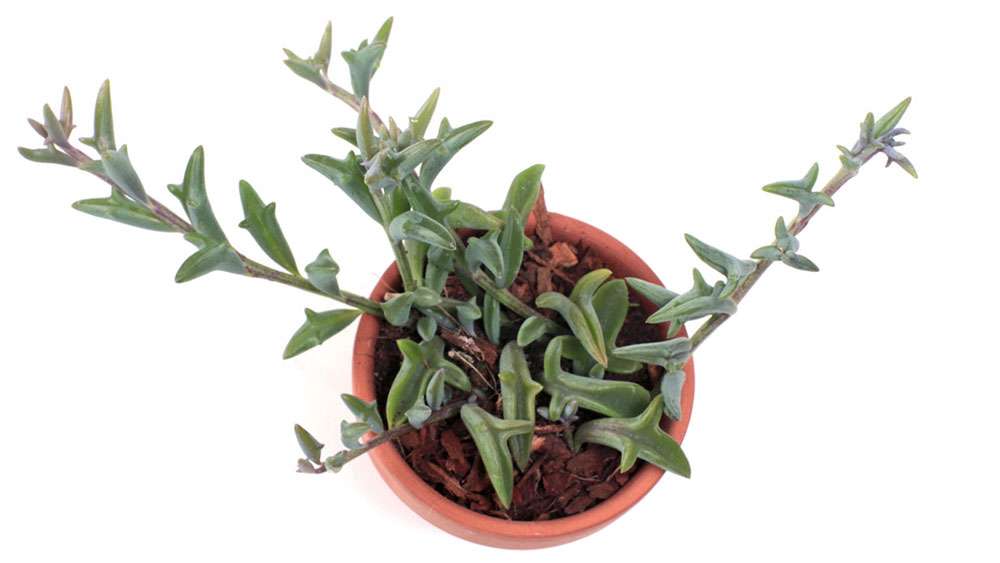
Form
Dolphin Plant is a “string” succulent, with trailing stems that can grow to be 1.0′ to 3.0′ long. These Senecio varieties grow as ground cover in the wild. They also look great in a hanging pot with a dense cascade of greenery.
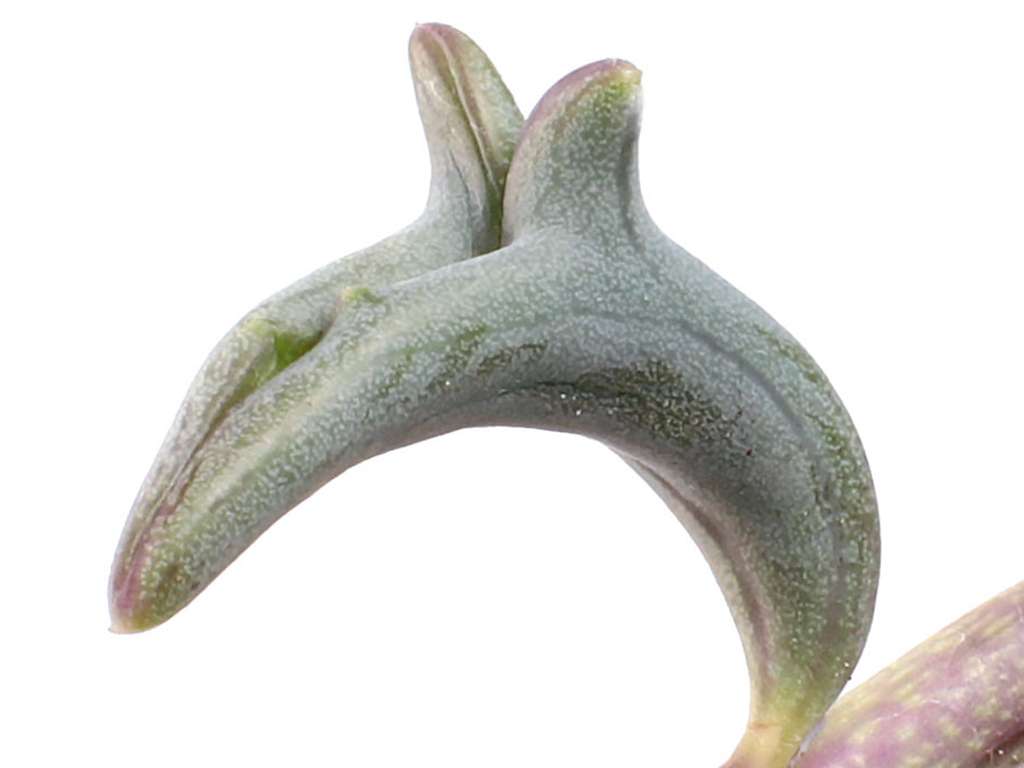
Foliage
The Dolphin Plant’s leaves are fleshy, notched crescents that resemble dolphins. Each leaf has a translucent “leaf window” in addition to its incredible shape. This adaptation allows sunlight to penetrate the leaf interior, allowing the plant to tolerate low light levels.
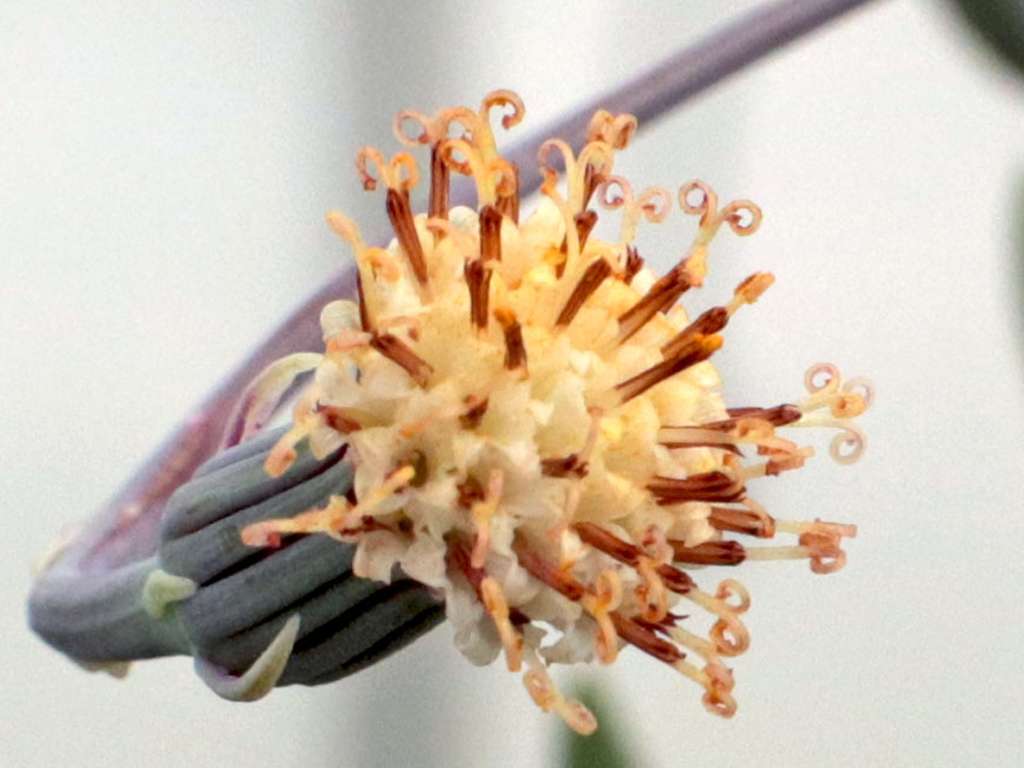
Flowers
Senecio belongs to the Aster or Daisy family and, like daisies, has composite blooms made up of many small flowers. The petals form a pompom of bloom when they cluster in a sphere. Furthermore, the flowers have a lovely cinnamon fragrance.
Growth and Care
Drainage
Dolphin Plants, like most succulents, thrive in well-drained soil. They will rot if overwatered, so use containers with drainage holes. Choose a light, grittier soil, such as a cactus/succulent mix from your local garden center. The root can also avoid rot by keeping the plant in a well-ventilated environment.
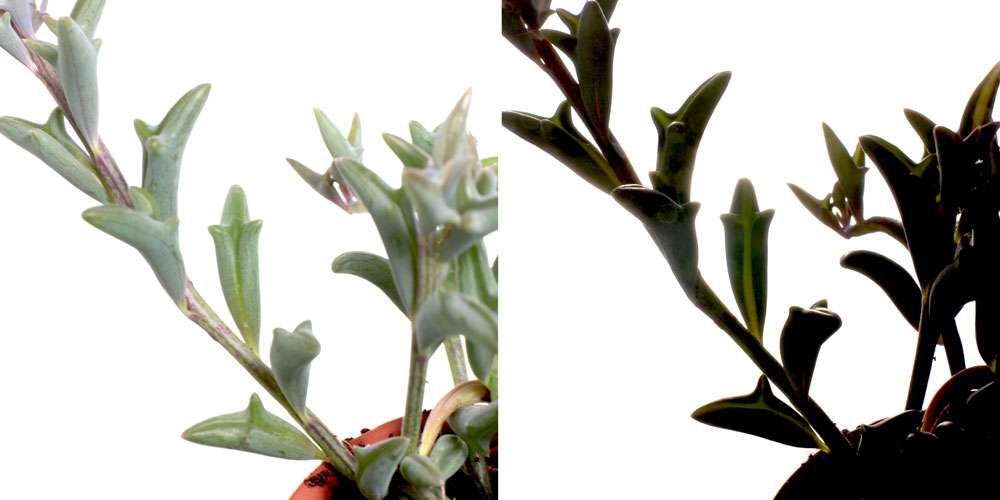
A strong back-light glows through a dolphin's leaf window, seen on the right.
Light
Dolphin Plants require sunlight, but they can withstand slightly less light than some non-green succulent varieties because of their leaf windows. To find the right balance, try putting it in the shade or near a sunny window.
Keep an eye out for signs of Too Little and Too Much Light. Adjust as needed. Dolphin Plants thrive in the presence of a Succulent Grow Light.
Water
Succulents are drought-tolerant plants that are adapted to dry climates. Dolphin Plant, on the other hand, requires more frequent watering than most succulents. Make sure to drench it thoroughly enough to allow water to drain through the drainage hole in the pot (no misting). Allow the soil to dry before re-watering.
Temperature
The string of Dolphins is classified as a “soft succulent,” which means it is not frost hardy. It thrives in temperatures ranging from 50 to 80 degrees Fahrenheit. Surprisingly, the dolphin succulent prefers cooler weather. When the plant is dormant, temperatures in the winter should be around 72 degrees Fahrenheit (22C). In the summer, this succulent should keep temperatures between 50 and 55 degrees Fahrenheit (10-13C). Bring this dolphin inside when the weather is anything but mild.
How to Water Dolphin Succulents
If you’re looking at planters, make sure they meet these requirements for easy drainage and good ventilation, which will prevent waterlogging and root rot.
This also means ‘dolphin succulents’ should not be overwatered. When watering, keep in mind that dolphin succulents, like most succulents, are drought tolerant. As a result, watering should be done once a week during the warmer growing seasons and once a month during the colder dormant seasons. Allow the soil to dry between waterings, and be aware that the dolphin succulent leaves will pucker if not watered frequently enough.
If you’re having trouble determining when to water your succulents, we’ve got you covered. This is a comprehensive guide to watering your succulents so that they grow healthy and vibrantly.
Where to Buy Dolphin Succulents
Because the dolphin succulent is a cross variety, it is not widely available and can be difficult to locate. A quick internet search reveals that there are specialty growers, and you might be lucky on Amazon.
You will frequently find dolphin succulent seeds for sale rather than the mature plant. However, keep in mind that collectors frequently have rare varieties, so if you come across someone with a dolphin succulent, make sure to ask for a cutting.
How to Grow Dolphin Succulents
Dolphin succulents are generally easy to cultivate if you’re growing succulents from seed; remember to soak them in warm water first, followed by cold water, for them to germinate. After that, you can plant the seeds in a container with soil.
We highly recommend Bonsai Jack’s soil mix. It is one of the best soil mixtures available on the market. It does not need to be mixed with any other soil; it fights root rot, has a perfect pH balance, and is pathogen-free (i.e., will not kill your plants). Click here to purchase some of our favorite soil: Bonsai Jack Succulent Soil.
Cover the container with plastic (with a few holes for aeration) or a similar wrapping, and mist your seeds frequently to keep the soil moist. Then you’ll have to wait for your seedlings to sprout. Once your seedlings have established themselves, you can remove them from the plastic-covered container.
If you don’t have the patience to wait for your dolphin succulent to grow from seed and you get a cutting, you can either lay it sideways on the soil so it can root along with these points, or you can place it in the soil after a day or two (once the cut has had time to heal and has become calloused).
Wherever the plant comes into contact with soil, it will sprout roots. It is important to note that dolphin succulents can only be propagated from cuttings, not from their leaves. The leaves will most likely root, but no new leaves or stems will sprout.
The dolphin succulent is a low-maintenance plant that should be simple for beginners to master. Light is one of the most important growth factors, and the dolphin succulent, like most succulents, requires plenty of light, but unlike most succulents, prefers indirect light. As a result, these plants are ideal for use as houseplants, as they can be placed on a windowsill or table that receives plenty of sunlight.
Dolphin succulents prefer soil that is loose with a high mineral consistency and allows for porous water movement. This will allow them to have a healthy root system that will absorb all of the nutrients they require to grow beautifully.
The dolphin succulent thrives in crowded conditions, and it will thrive in a smaller container like this one. If it’s too crowded, see if you can repot your dolphin succulents here.
If you prefer to see it alone, you’ll be rewarded with an elegant display of dolphins emerging from the waves. If you prefer, you can combine them with octopus agaves, an anemone similar to Sempervivum Tectorum, or kelp similar to Senecio Madraliscae to create an entire ocean scape of colors and textures.
We are fortunate to live in an era when cute succulents are popular, and cultivators are hard at developing new succulent species. The dolphin succulent is an excellent example of this. They are not only easy to care for, but they will liven up any succulent garden. They may be difficult to locate, but they will make an excellent addition to your collection if you do.

